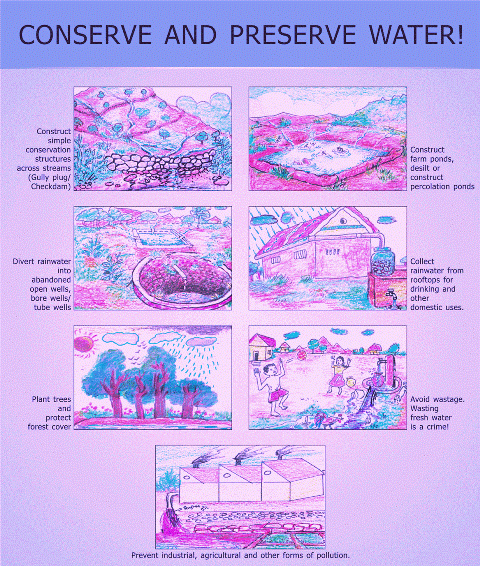Cuddalore District Administration - M.S.Shanmugam
IGSSS - T. Antony Joseph
CARE - R.Devasalan
World Vision India - S.J.I.Jayakumar
EFICOR - Winston.R
ADRA-India - M.Satchithananda Valan
ADRA-India - A.Annal Manimazhy
LEAD - R.Ravindran
Save the children - Prabhat Kumar
Life Help - P.Rajan
Life Help - Blaze Kannan
CASA - V.Poul Luther
Lutheran World Service- India - J.Gananiah Reuben
PMSSS - C.Packiaraj
SASY - S.Mohan
ICMA - S.Rajalakshmi
ICMA - R.Poornima
UNV - Uma
UNDP - Rahul Pandit
TNTRC - K.M. Parivelan
Having had a round a self introduction from all the participants of the meeting, it started with discussion on rationale and objectives of CRC. All the participants unanimously gave the consent and suggestion that an independent ‘Centre’ is pertinently required for collecting various data/ information pertaining to recovery process. It was also made clear that all recovery players in the district including local NGOs should collectively take part in the formation and functioning of CRC, so that joint ownership and sustainability could be achieved.
The Mr. Shanmugam, DRO-RR, opined that CRC will be of major value to the Cuddalore district both in the recovery process as well as in future developmental activities. He suggested that CRC could become a platform for bringing coordination among NGOs and act as bridge between district administration and civil society organisations. In addition, he proposed that the following activities could be carried out by CRC:
Ø The CRC could verify, analyse and authenticate the existing data available with district administration and various NGOs. Thus the data collected becomes useful for all recovery players as policy input.
Ø Village mapping.
Ø CRC could prevent duplication of the work and avoid one sided reports.
Ø The CRC should move beyond taking up tasks like collection of data and compilation to the level of becoming an active forum for dialogue, debate and discussion on recovery issues.
Ø Regular meetings should be held for exchange of information and identification of key issues.
Ø Identified recovery issues should be regularly updated through newsletter and through a website.
Ø The activities and plan of action of NGOs to be regularly recorded.
Ø Role of district administration: Provide and share data/ information, facilitate to sort out any problems identified by NGOs.
The representatives of various organisations gave their suggestions and opinion vis-à-vis CRC role in the following lines:
Ø Capacity building programmes and workshops.
Ø Gathering all the relief, rehabilitation and reconstruction information retrospectively, to get the comprehensive picture, this can act as impetus for recovery process.
Ø Knowledge expertise to be shared.
Ø Disaster management – emergency response plan, contingency plan etc.
Ø Vulnerability planning- organisations like ICMA to share available data and methodologies for strengthening CRC data repository.
Ø Gather data of all NGOs, their activities, future plans, etc.
Ø Community based disaster/ emergency response plan.
Ø Collection of information and data on social equity measures.
Ø Information sharing and exchange with other district resource centres via TNTRC.
Ø Studies, reports, newsletters circulated by the other agencies to be collected.
Ø Act as a forum for conflict resolution and mediation among NGOs.
III Budget, Logistics and Infrastructure:
(a) Venue: One conference hall for conducting meetings (to accommodate around 20 to 25 persons) and a room for two/ three staff members is required.
(b)Infrastructure: Computer with internet connection, printer, telephone, etc.
(c) Estimated cost approximately around to 7.5 to 8 Lakhs (per year)
IV Members of the core group:
Around 10 organisations present during the meeting and DRO volunteered to be part of the Core Group, which will aid, support and facilitate the CRC formation and functioning. The Core Group can act as steering committee for CRC activities.
V Tentative Responsibilities
v Venue identification will be taken care of by IGSSS
v Village information centre formation and links with CRC to be initiated by CARE India.
v Workshops/ trainings to initiated and organised by ADRA and Save the Children.
v Inauguration processes - Life help and IGSSS
v Data collection methodology – World Vision and ICMA
The meeting concluded with the note that tentatively by 10th February 2006, CRC should start functioning. All the required things like venue finalisation, human resource, infrastructure, etc. to be geared up in the mean time.




















